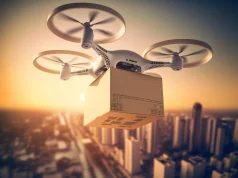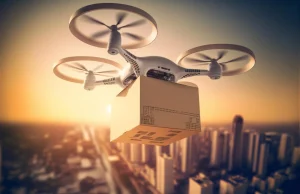The term aquatic vegetation management refers to managing aquatic plants in a water body. It encapsulates a range of methods, including biological control, chemical control, mechanical removal, and monitoring. This article explores all of these options and their application. You will also learn about the benefits of each method and its limitations. To make a better decision about which method to use, it is helpful to consider the habitat in which the weeds are growing.
Biological control
Biological control for aquatic vegetation management can be a valuable tool for controlling aquatic weeds. Overgrown aquatic plants can be a major barrier to recreational activities and detract from the aesthetic appeal of water bodies. Excessive growths in water bodies can also result in stunted or over-populated fish, and the excess vegetation blocks light for photosynthesis. In addition, too much aquatic vegetation may also prevent larger fish from effectively feeding their smaller relatives.
Biological control is the deliberate manipulation of natural enemies to suppress invasive species. These agents attack and kill the weeds by feeding off their reproductive materials, which inhibits their growth and reproduction. The organisms are released into specific areas for long-term control. Biological control is often combined with other means, such as herbicides, in aquatic vegetation management. The benefits of biological control for aquatic vegetation management are many.
Chemical control
When deciding which chemicals to use in aquatic vegetation management, it is essential to consider their potential toxicity and how they impact the water body’s ecology. For example, some herbicides are highly toxic to aquatic plants, which are able to grow in as little as a quarter or a third of the volume of water. In addition, chemicals for aquatic plants are typically used at two parts of active ingredient per million of water, which translates to a dosage of approximately two pieces of herbicide per million of water.
Despite the dangers of using chemical pesticides, many other options are effective in aquatic vegetation management. Using herbicides, which are aquatic-approved, can kill invasive plants and ensure a healthy ecosystem. Chemical control must be used only if all other methods have failed. Additionally, some chemicals are only effective on certain types of vegetation, so identifying the weeds is critical. Lastly, it is essential to know which chemicals can cause adverse reactions in aquatic areas before using them.
Mechanical removal
There are many benefits to the mechanical removal of aquatic vegetation. Aside from providing immediate visual satisfaction, this technique also removes organic material from the water, which may otherwise serve as a source of nutrients for aquatic plants. Mechanical removal of aquatic vegetation breaks this cycle and helps the lake regain its natural balance. In addition, ILM has specialized equipment for the task. This article will examine some of the main advantages of mechanical removal. This method is not recommended for large ponds, but it is effective for some lake regions.
Mechanical removal of aquatic vegetation reduces the need for chemicals used in conventional chemical control. This technique is often employed in agricultural areas where the presence of riparian forests is not conducive to the growth of aquatic vegetation. Using mechanical removal, district crews can reduce flooding and sedimentation risks associated with aquatic vegetation. In addition, because it does not require chemical control, it is an environmentally friendly option. This technique has also proven to be effective for various nuisance species.
Monitoring
Many factors can impact the health of an aquatic ecosystem, including the presence of submerged aquatic vegetation (SAV). Moreover, SAV is a vital indicator of the overall condition of an estuarine system, providing a habitat for fish, shellfish, and invertebrates. Therefore, monitoring SAV is essential to understand the effects and how to manage them. Below are a few of the most critical aspects of SAV monitoring.
Biological monitoring – identifying when plants have taken over a waterbody is essential for aquatic vegetation management. Monitoring will help to prevent excessive growth of SAV and other plants that affect fish and aquatic ecosystems. Additionally, monitoring will help to determine if fish populations are declining due to an increased amount of algae. Lastly, monitoring will help establish baselines for fish and plants’ health. This information can be used to inform proactive management efforts to reduce the impact of SAV and other aquatic weeds.
Preventing problems
In addition to being unattractive, aquatic weeds can also impair recreational activities. For example, they detract from the beauty of a pond or lake, and excessive growth can stunt or kill fish. Also, too many plants in an area prevent larger fish from feeding the smaller ones. To prevent problems with aquatic vegetation management, keep in mind the following tips. – Observe the growth pattern of aquatic vegetation.
A problem with aquatic weeds can arise in shallow ponds, where plants need adequate depth to grow. Deep ponds with steep sides rarely have weed problems. However, nutrients can cause weeds to grow out of control if the water is not deep enough. To avoid these problems, deepen your pond and shape the banks to a 33% slope. Secondly, avoid over-feeding aquatic vegetation.









